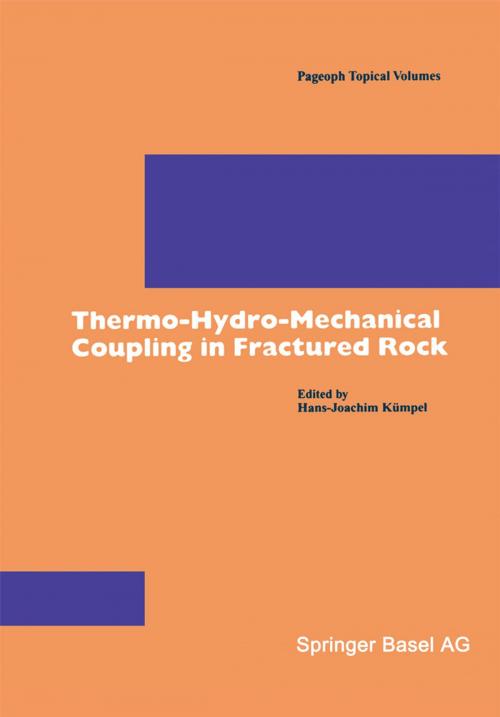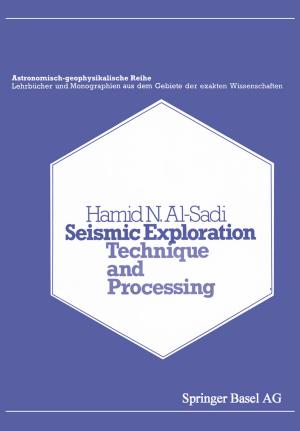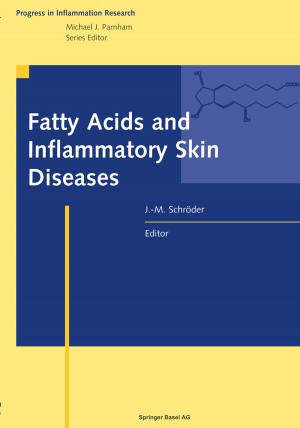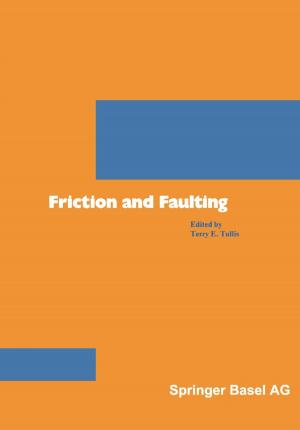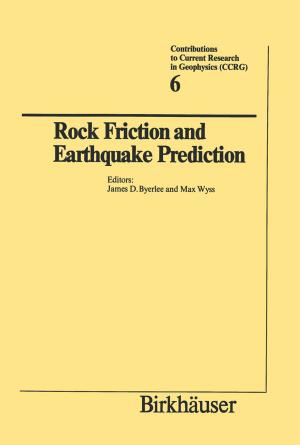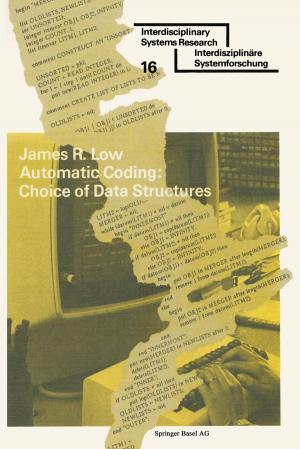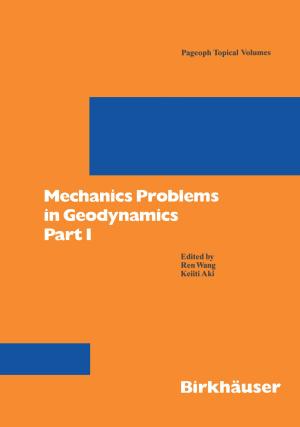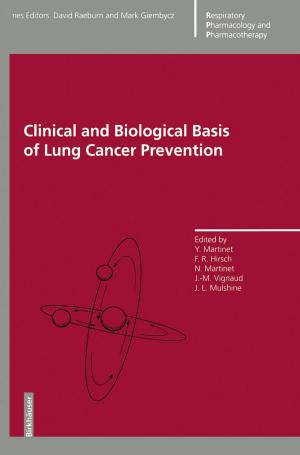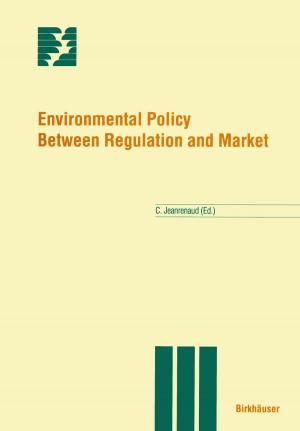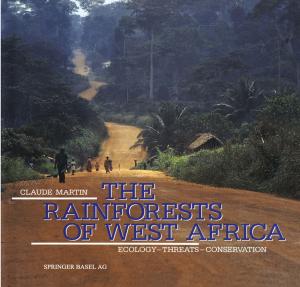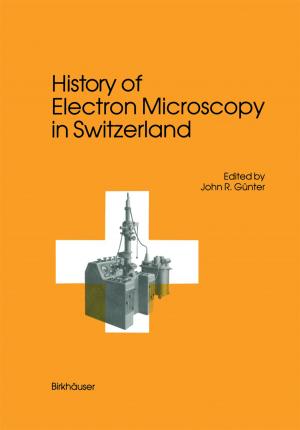Thermo-Hydro-Mechanical Coupling in Fractured Rock
Nonfiction, Science & Nature, Science, Physics, Mechanics, Earth Sciences, Geology| Author: | ISBN: | 9783034880831 | |
| Publisher: | Birkhäuser Basel | Publication: | December 6, 2012 |
| Imprint: | Birkhäuser | Language: | English |
| Author: | |
| ISBN: | 9783034880831 |
| Publisher: | Birkhäuser Basel |
| Publication: | December 6, 2012 |
| Imprint: | Birkhäuser |
| Language: | English |
(4). The next three papers extend these views by taking a closer look on parameters that govern hydraulic diffusivity in sandstones and other types of rocks. Specific targets addressed are the influence of differential stress on permeability (5), imaging of the fracture geometry (6), and pressure induced variations in the pore geometry (7). Contributions no. 8 to 10 cover investigations of permeability-porosity relationships during rock evolution (8), of the formation, propagation, and roughness of fractures in a plexi-glass block (9), and pressure oscillation effects of two-phase flow under controlled conditions (10). The subsequent four articles focus on diverse modeling approaches. Issues considered are how the geometry and the mechanical behavior of fractures can be characterized by mathematical expressions (11), how the evolution of permeability in a microcracking rock can be expressed by an analytical model (12), deviations from the cubic law for a fracture of varying aperture (13), and the numerical simulation of scale effects in flow through fractures (14). Three further papers refer to in situ observations, being related to topics as the assessment of in situ permeability from the spatio temporal distribution of an aftershock sequence (15), to the scale dependence of hydraulic pathways in crystalline rock (16), and to the significance of pore pressure - stress coupling in deep tunnels and galleries (17).
(4). The next three papers extend these views by taking a closer look on parameters that govern hydraulic diffusivity in sandstones and other types of rocks. Specific targets addressed are the influence of differential stress on permeability (5), imaging of the fracture geometry (6), and pressure induced variations in the pore geometry (7). Contributions no. 8 to 10 cover investigations of permeability-porosity relationships during rock evolution (8), of the formation, propagation, and roughness of fractures in a plexi-glass block (9), and pressure oscillation effects of two-phase flow under controlled conditions (10). The subsequent four articles focus on diverse modeling approaches. Issues considered are how the geometry and the mechanical behavior of fractures can be characterized by mathematical expressions (11), how the evolution of permeability in a microcracking rock can be expressed by an analytical model (12), deviations from the cubic law for a fracture of varying aperture (13), and the numerical simulation of scale effects in flow through fractures (14). Three further papers refer to in situ observations, being related to topics as the assessment of in situ permeability from the spatio temporal distribution of an aftershock sequence (15), to the scale dependence of hydraulic pathways in crystalline rock (16), and to the significance of pore pressure - stress coupling in deep tunnels and galleries (17).
